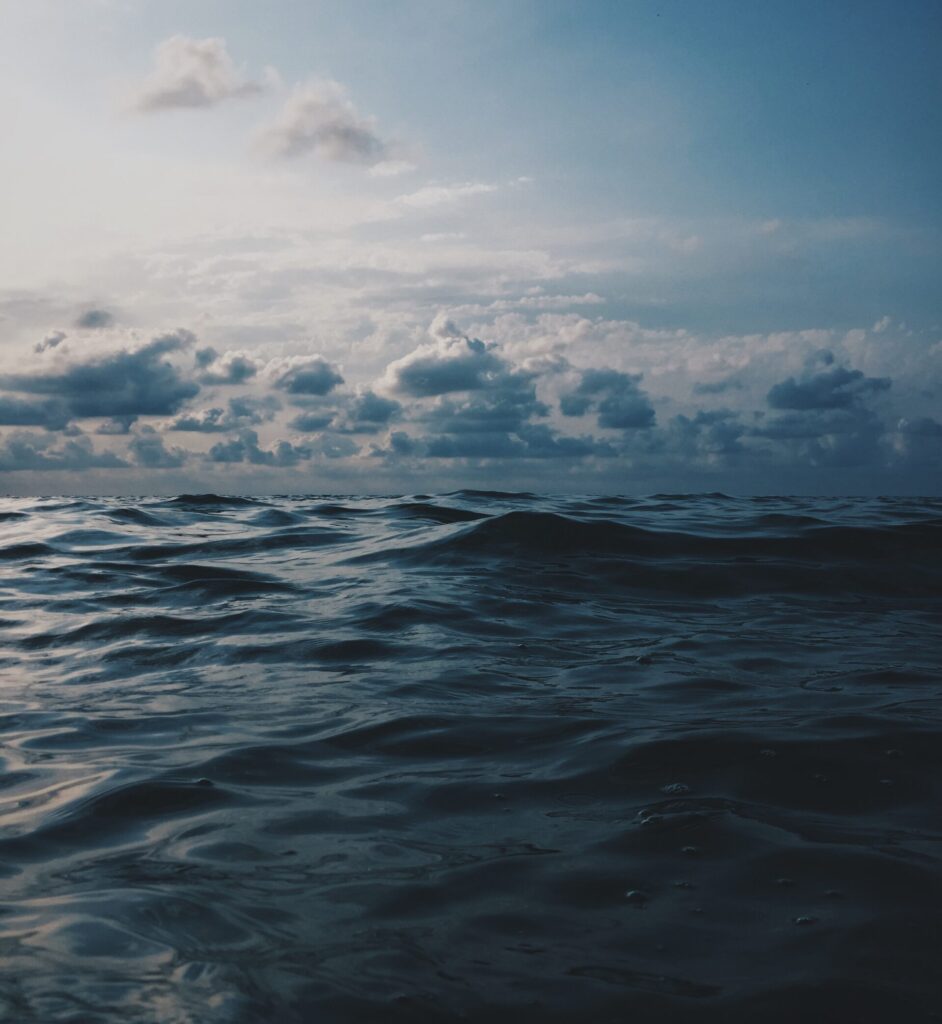The Baltic Sea is often referred to as the world’s most polluted sea – but is that really true? We delve into the claim and explain why it’s difficult to confirm with certainty. While the Baltic Sea’s limited water exchange causes pollutants to remain in the water and accumulate over time, unfortunately, there are many other seas facing similar challenges.
DDT, PCBs, mercury, microplastics, pharmaceutical residues, dioxins, flame retardants and oil spills. The Baltic Sea is burdened by many pollution sins. The worst was between the 1960s and 1980s, before it was realised how long-lasting and problematic many of the new chemicals and pesticides were. Today, the term ‘hazardous substances‘ is used to describe any substance that is in some way toxic, difficult to break down, or can persist for a long time in ecosystems or in animals and humans. The hazardous nature of a substance depends on several factors, such as how concentrated it is, how it affects organisms, how it interacts with other substances and how long it takes to break down.
In addition to harmful substances, there are also particles that pollute the Baltic Sea, such as microplastics and nanoparticles, as well as larger litter in all forms. Discharges to the Baltic Sea come from industry, agriculture, wastewater treatment plants and shipping, among other sources. There are also remnants in the sea from the Second World War, when as much as 50 000 tonnes of chemical munitions and other war material were dumped in our waters.

Examples of Harmful Substances in the Baltic Sea
Nanoparticles
Dioxins – Formed, among other things, during waste incineration and steel production
PCBs (polychlorinated biphenyls) – Various types of industrial chemicals
Metals – For example, mercury and cesium
Pesticides – Such as wood preservatives, mosquito repellents, and disinfectants
Highly fluorinated substances – Water- and grease-repellent, used in applications like textile impregnation and firefighting foam
Flame retardants – Often contain chlorine or bromine and are found in items like furniture and insulation materials
PAHs (polycyclic aromatic hydrocarbons) – A group of carcinogenic substances that can form during combustion
Pharmaceuticals
Microplastics
The Baltic Sea is an inland sea with limited water exchange. The very slow water turnover means that toxins and other pollutants remain in the water for a long time compared to other seas, which is probably one of the reasons why the Baltic Sea is often described as the most polluted sea in the world.
Unfortunately, there are many other highly polluted seas in the world. One example is the Mediterranean Sea, which is also an inland sea with only a narrow opening to the Atlantic Ocean. The Mediterranean is the sea most polluted by visible litter – an estimated 200 000 tonnes of plastic are dumped in the area every year. Like the Baltic Sea, the Mediterranean is heavily trafficked and polluted with large amounts of petrochemicals. Other seas that are also among the most polluted are the Caspian Sea, the Black Sea, the Sea of Azov and the Caribbean Sea.

Conclusion
It is difficult to determine with certainty whether the Baltic Sea is the most polluted sea in the world. Nevertheless, there is no doubt that it ranks high on the list. The problematic aspect of the accumulation of harmful substances in the Baltic Sea is that they remain for a long time due to the slow water exchange. This means that, unfortunately, we will have to deal with the consequences of historical emissions for a long time, while harmful substances continue to be released into the Baltic Sea’s fragile ecosystem.
Hopefully, the waters now feel a bit clearer!

